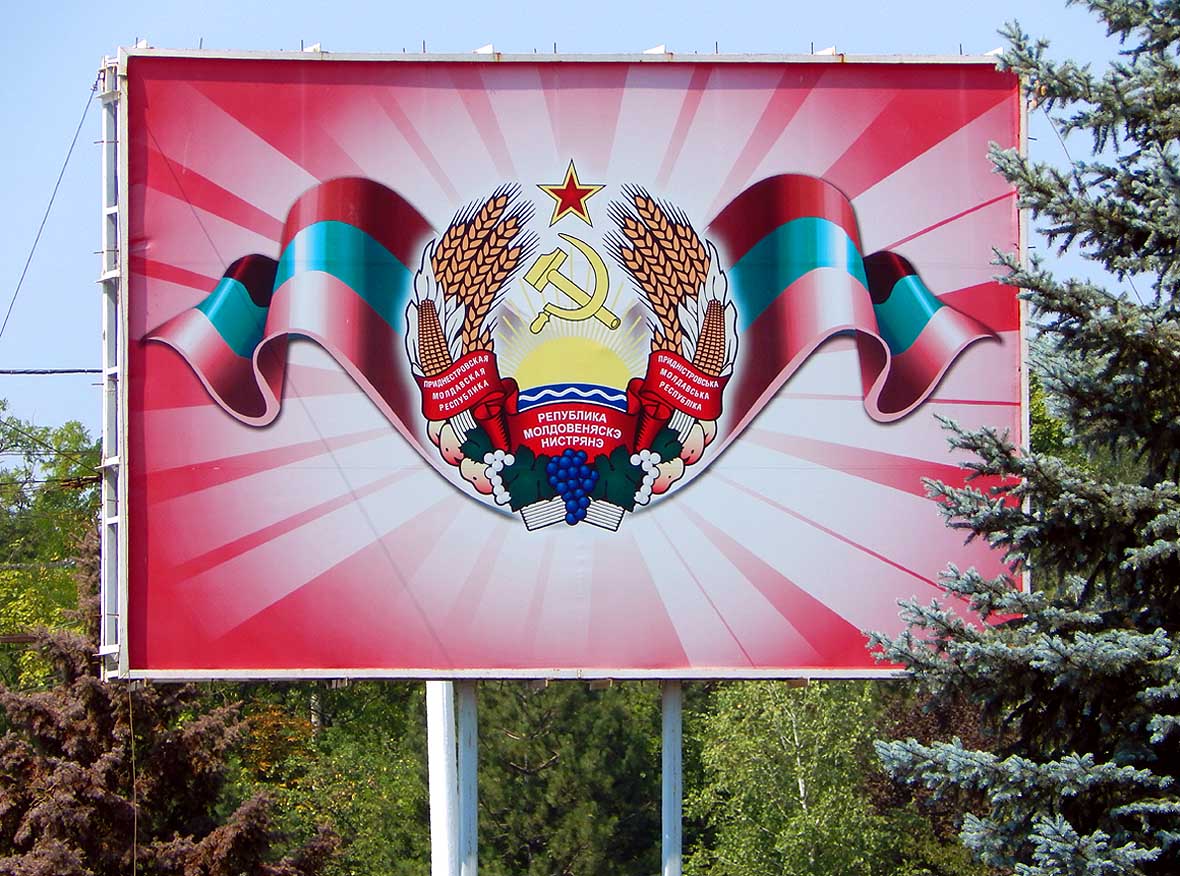
Moscow Threatens Ukraine From the West
Publication: Eurasia Daily Monitor Volume: 11 Issue: 56
By:

Following the Russian Anschluss of Crimea, most Ukrainian, Russian and Western commentary has focused on the possibility that Moscow will use a similar strategy to move into the predominantly ethnic-Russian areas of eastern Ukraine. That is still an all too real possibility— especially if, after an updated version of the 1940 “phony war,” Vladimir Putin does not make any rash moves and a chorus appears in the West suggesting that he has absorbed all he wants, that it is time to put the Ukrainian crisis behind us, and that cooperation with Moscow should be resumed (https://www.regnum.ru/news/polit/1782152.html; https://svpressa.ru/politic/article/84289).
But there is another Russian-orchestrated threat to Ukraine now looming, one that simultaneously could assist Moscow in any advance into eastern Ukraine and promote an even broader Russian strategic move in that country. That threat comes from the west: from the breakaway republic of Transnistria, which has a Slavic majority although not, as is typically reported, a Russian one, and Gagauzia, a Turkic-Christian enclave in southeastern Moldova, which has worked in concert with Moscow and Tiraspol to weaken that Romanian-speaking country and its efforts to integrate with the West (see EDM, April 2, 20130.
While Gagauzia is an annoyance and can create problems for Chisinau when it cooperates with Tiraspol and Moscow, Transnistria is a real threat. It has one of the largest arms stockpiles in Eastern Europe as well as a heavily armed population. Its government has sold off many of the arms to radical regimes and even terrorists to keep itself going, and its security forces, including many armed militias, could be used to support a Russian move against Odessa and Ukraine’s Black Sea littoral.
Transnistria can help Russia in three ways. First, the existence of the armed forces in Tiraspol and the radical statements of Transnistrian leaders about their desire to join Russia (moldova.org, March 18) forces Ukraine to divide its attention and its defensive resources. If Kyiv puts all of its forces in the east, the Ukrainian authorities leave a vacuum in the west, which Tiraspol—acting as Moscow’s agent—will be all too happy to fill. Indeed, the leaders of this unrecognized republic appear to be signaling that they would see such a contribution as the basis for greater Russian support and even the inclusion of their territory within the Russian Federation.
Second, Tiraspol provides Moscow with a kind of plausible deniability. The Russian invasion of Crimea began with the use of Russian forces already there, supplemented by armed groups without clear identification. This pattern kept both Kyiv and particularly Western governments from seeing what was happening as quickly as might have otherwise been the case (see EDM, February 28). Similarly, the use of Transnistrian units could allow the Russian government to say that these were autonomous volunteers who want to “rescue” their fellow “Russians” in Odessa or along the Black Sea coast. Indeed, Vladimir Putin and his regime have used these types of fictitious arguments with effect to legitimate Russia’s response throughout this crisis.
And third, the use of Transnistria against Ukraine would be the kind of pincer movement that Kyiv would find difficult to counter. Absorbing eastern Ukraine would guarantee the emergence of a western Ukraine more anti-Russian and anti-Moscow than any Ukrainian state has been in modern times. As long as that country is able to hold onto its Black Sea littoral, it could remain a significant international actor because its coastal ports would allow the West to supply it. But if Russia were to absorb the Ukrainian south—from Crimea to the border with Transnistria—Moscow would reduce any remaining Ukrainian state to a far more limited role. Such a rump Ukraine would not have access to the sea and thus could not be as easily supported by the West. And Moscow would gain an additional benefit from such a move: It would then be in a position to absorb Transnistria, break Moldova by playing up the Gagauz issue once again, and precipitate massive instability in southeastern Europe. If Putin is truly “throwing the dice,” as many commentators have suggested, this is an entirely plausible scenario.
Given this threat, three consequences become readily apparent to those observing the situation closely. First, clearly this threat exists, and Transnistria is playing directly into Putin’s calculations. Second, Kyiv needs help and will require its supporters to share intelligence, provide military assistance, and offer it the kind of security guarantees that will allow the Ukrainian authorities to act with confidence rather than out of desperation. And third, an integral Moldovan state is not only in the interests of Moldova and the West itself but is a key component of responding to the Russian threat to Ukraine.




